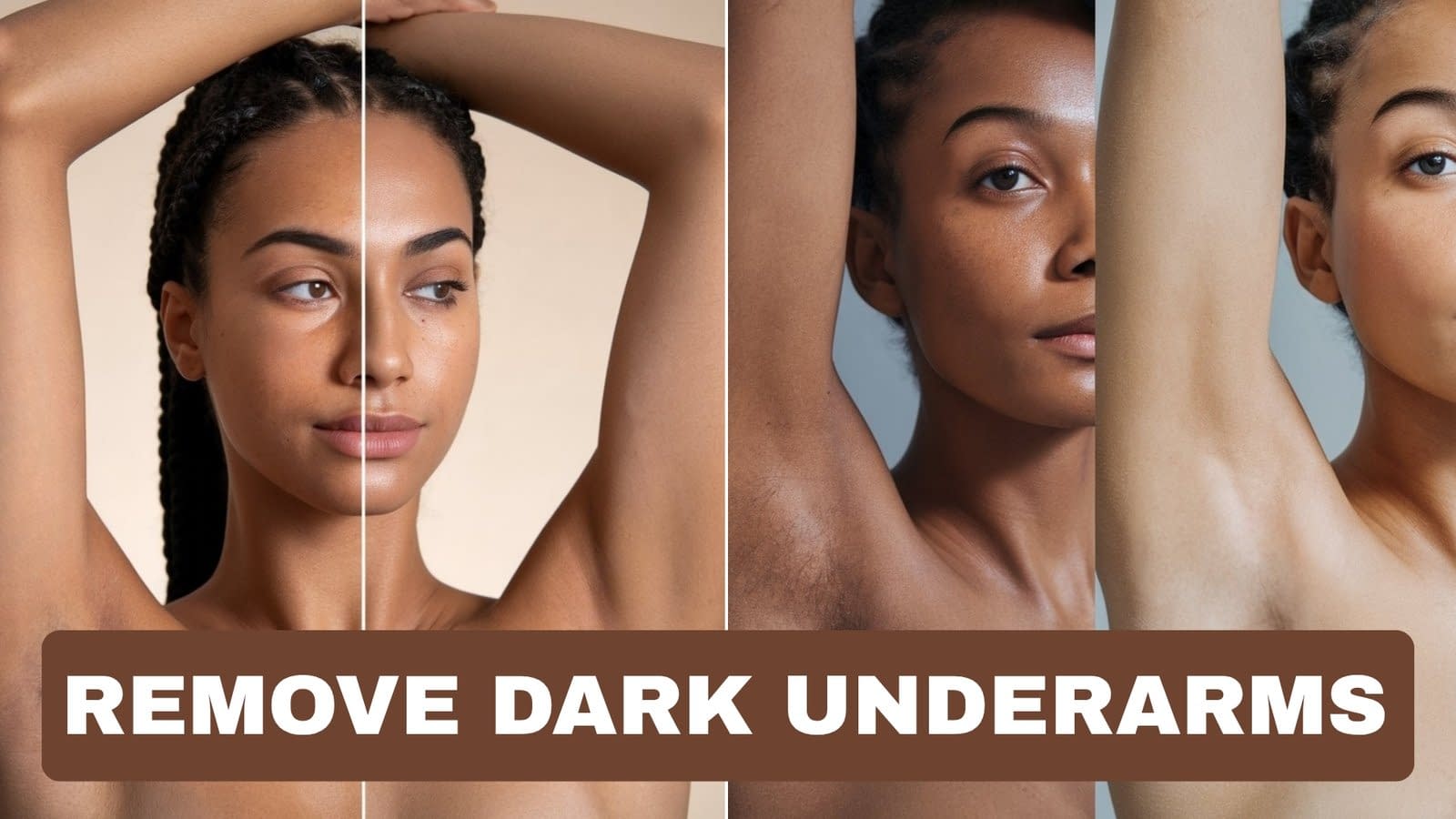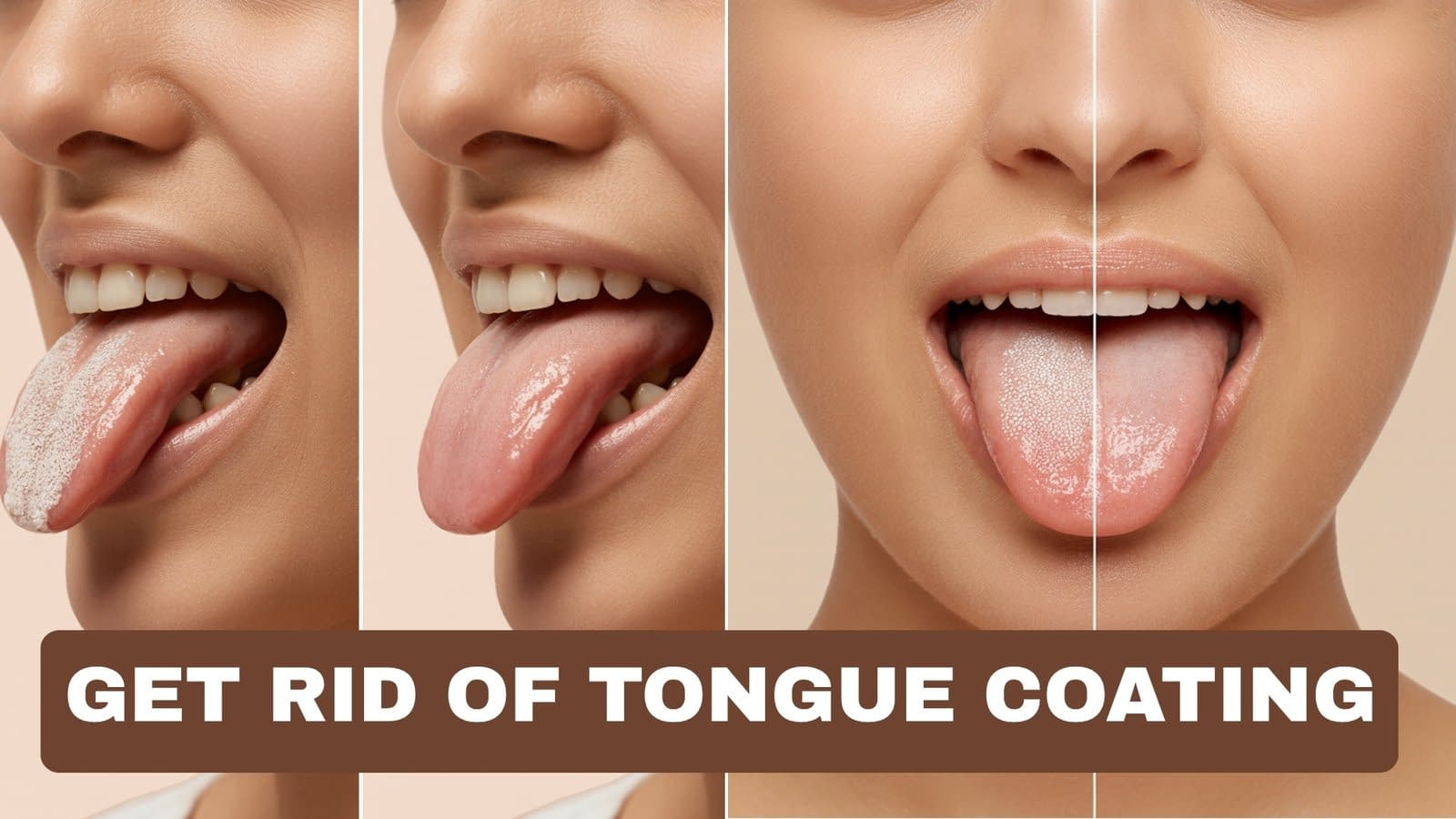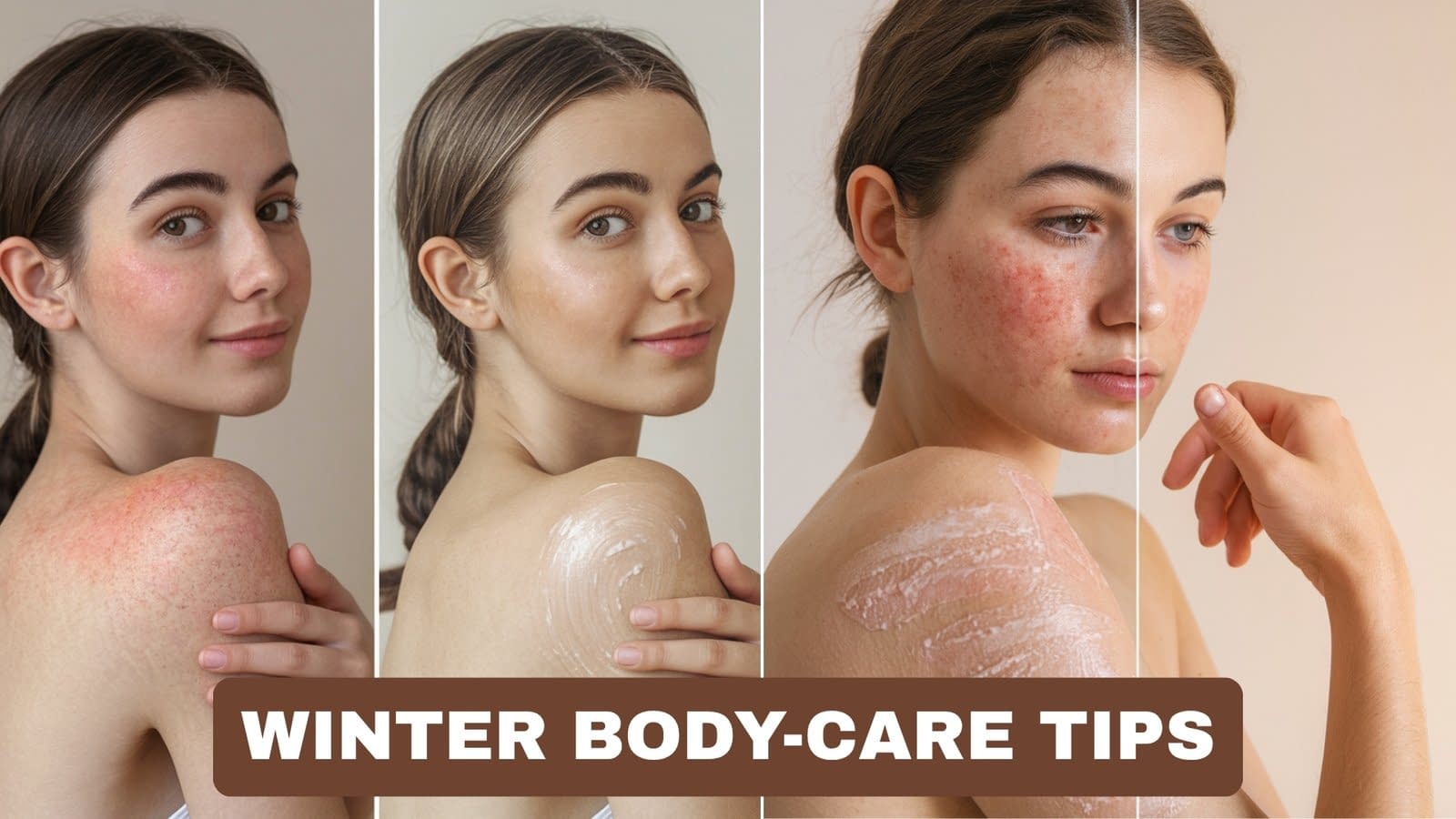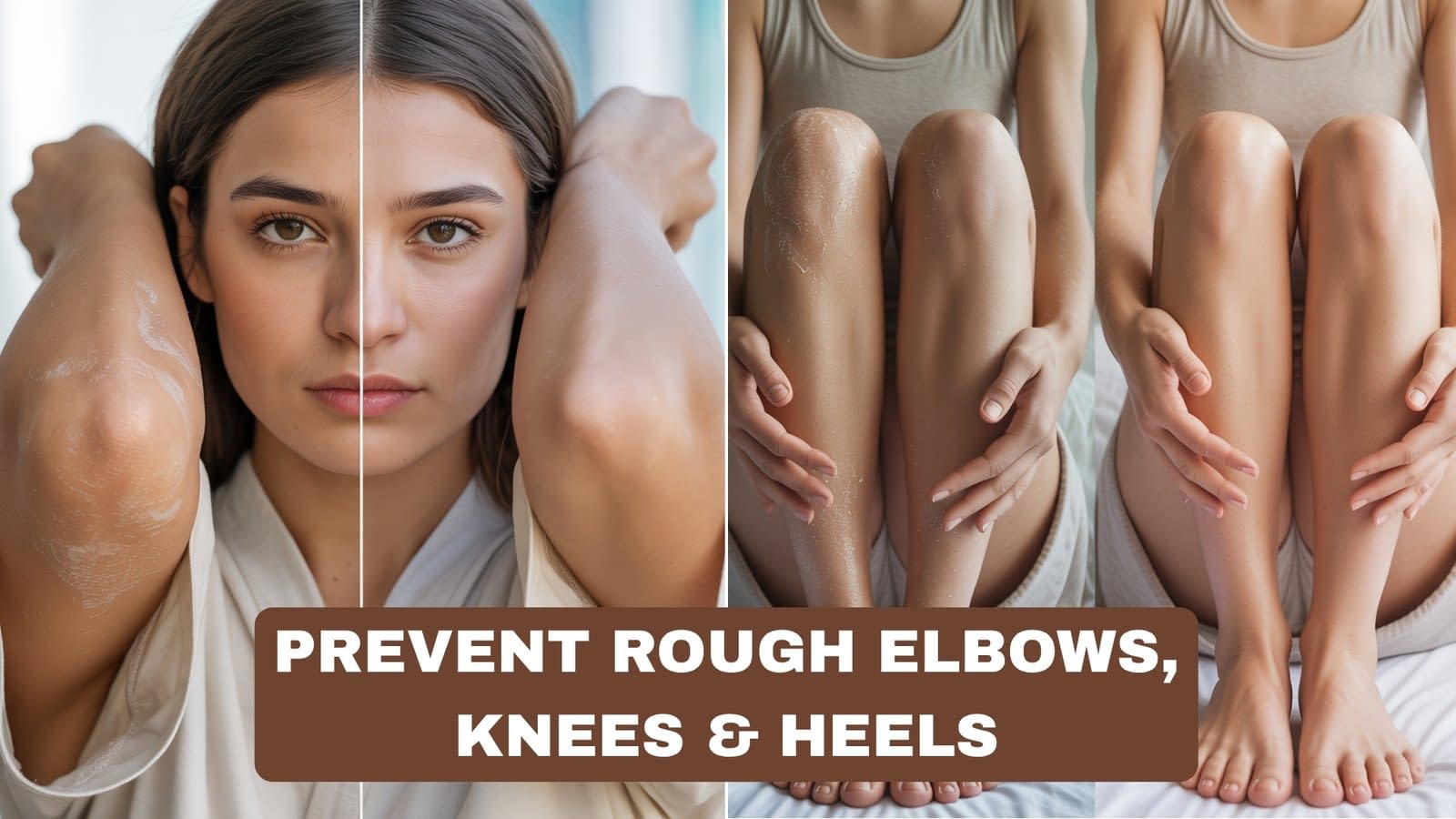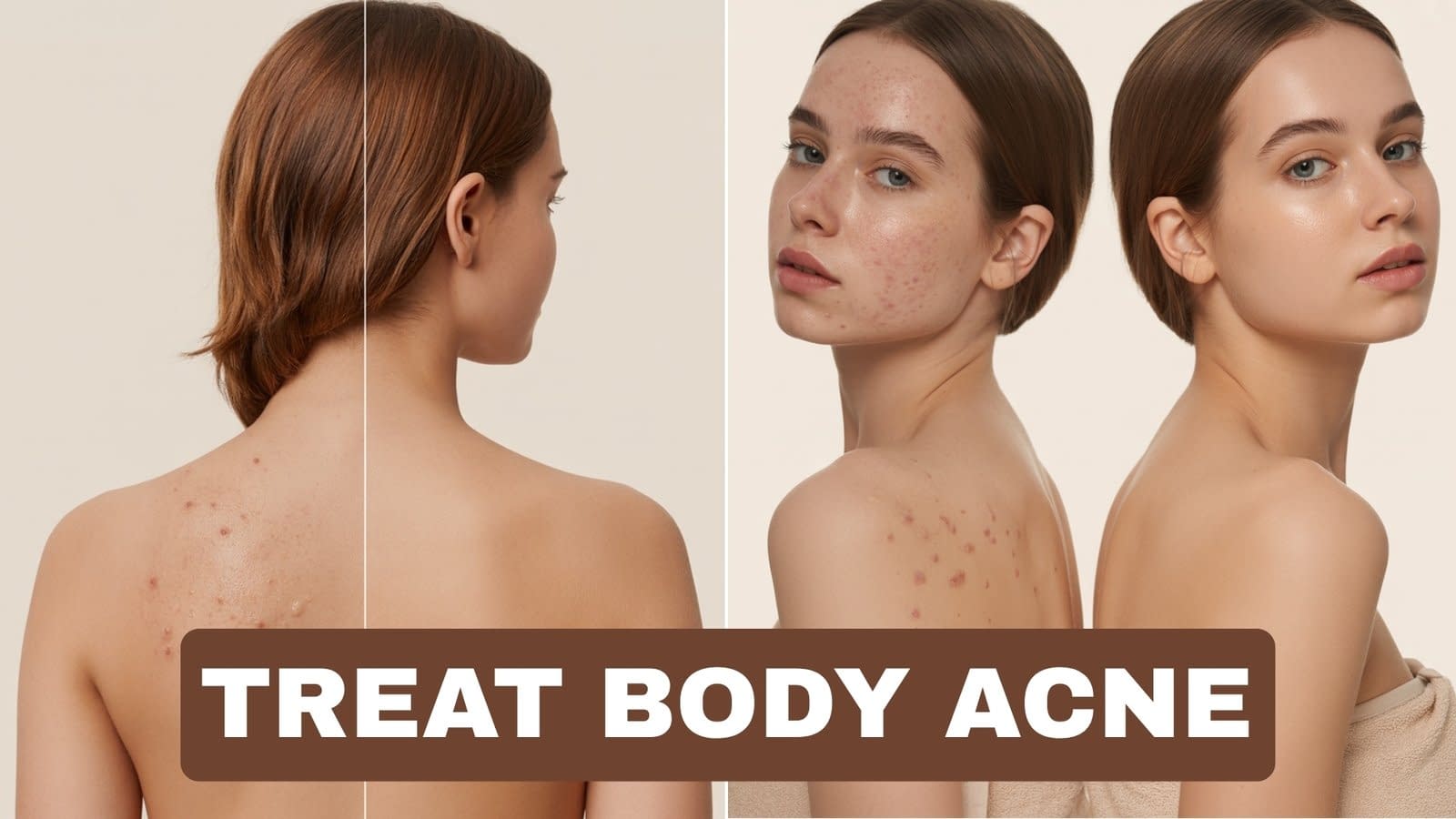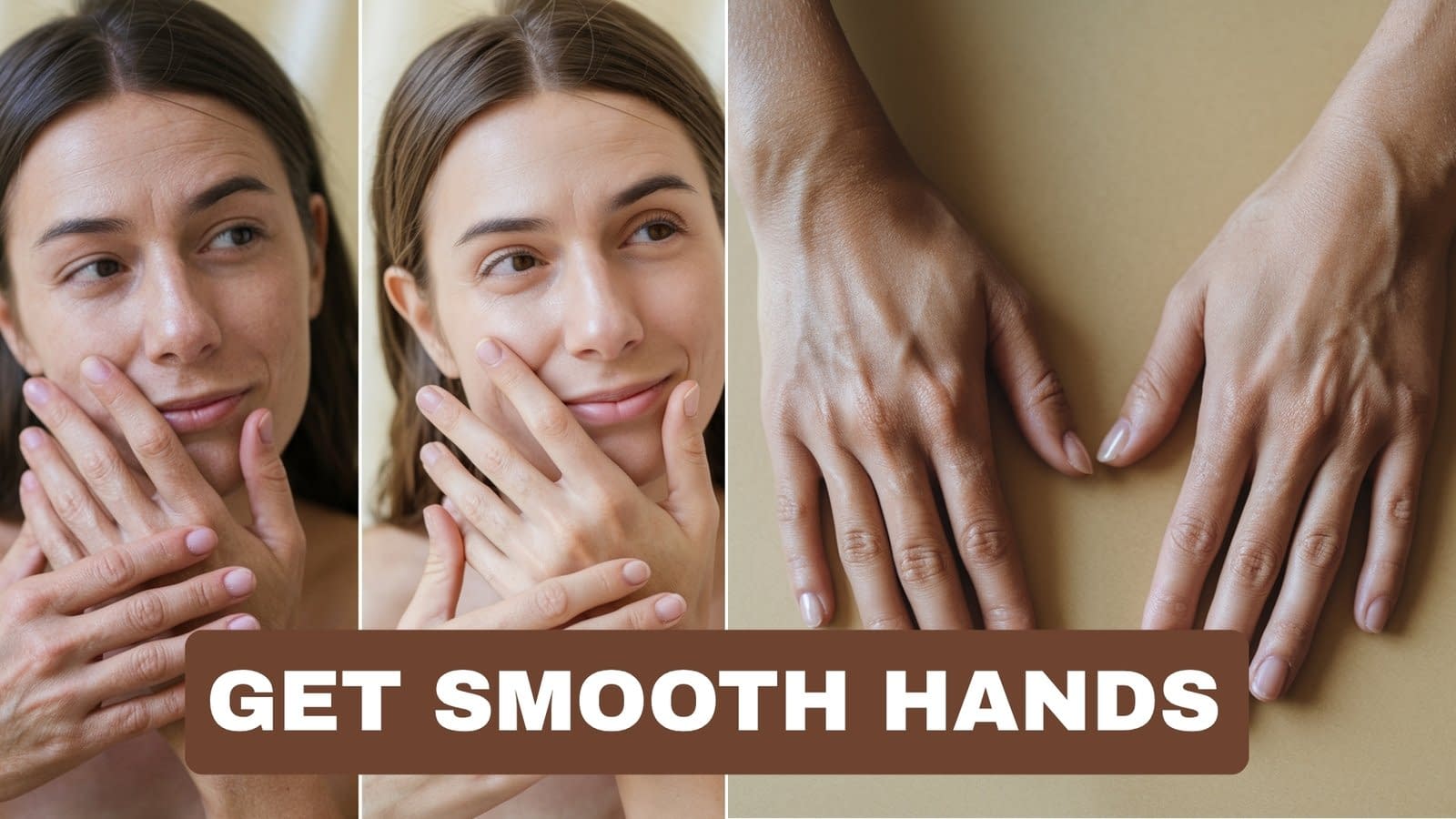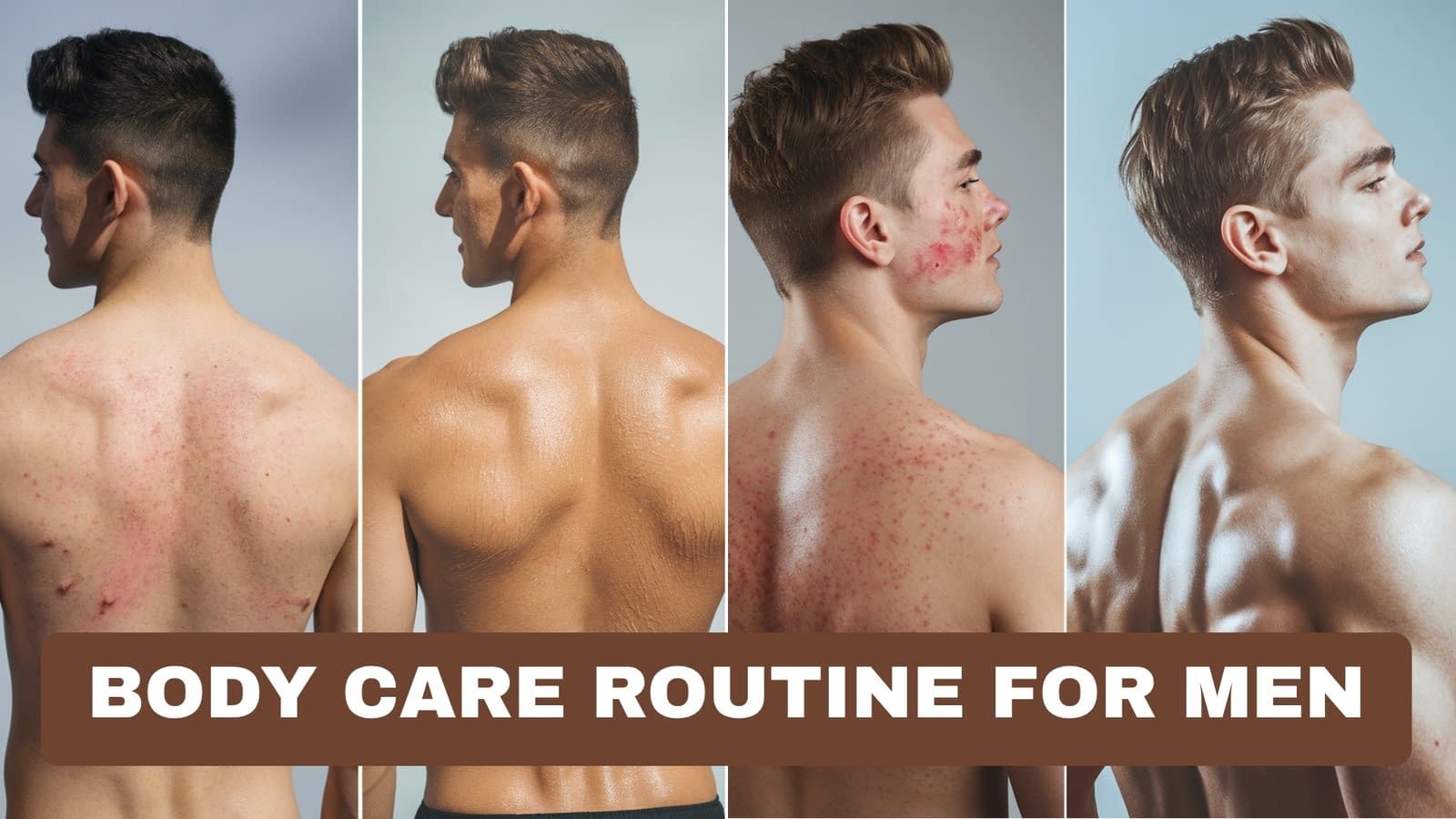Dark underarms are a common concern — embarrassing for many, but usually manageable with the right care. This guide walks you through what causes underarm darkening, safe natural remedies, step-by-step DIY masks and routines, lifestyle changes, and when to see a professional. Read it like a toolkit: pick the gentle, consistent strategies that suit your skin and lifestyle, patch-test everything, and give changes several weeks to show results.
What Are Dark Underarms?
“Dark underarms” means the skin of the armpit appears darker than the surrounding skin. That darkness can be:
- Uniform brown/grayish (hyperpigmentation)
- Patchy or velvety texture (often associated with certain medical conditions)
- Red or inflamed at times (if irritation or allergic contact dermatitis is present)
Appearance varies by skin tone and cause. The skin under the arm is thin, frequently rubbed, and exposed to sweat and hair removal — a perfect setup for irritation and pigment changes.
Causes of Dark Underarms
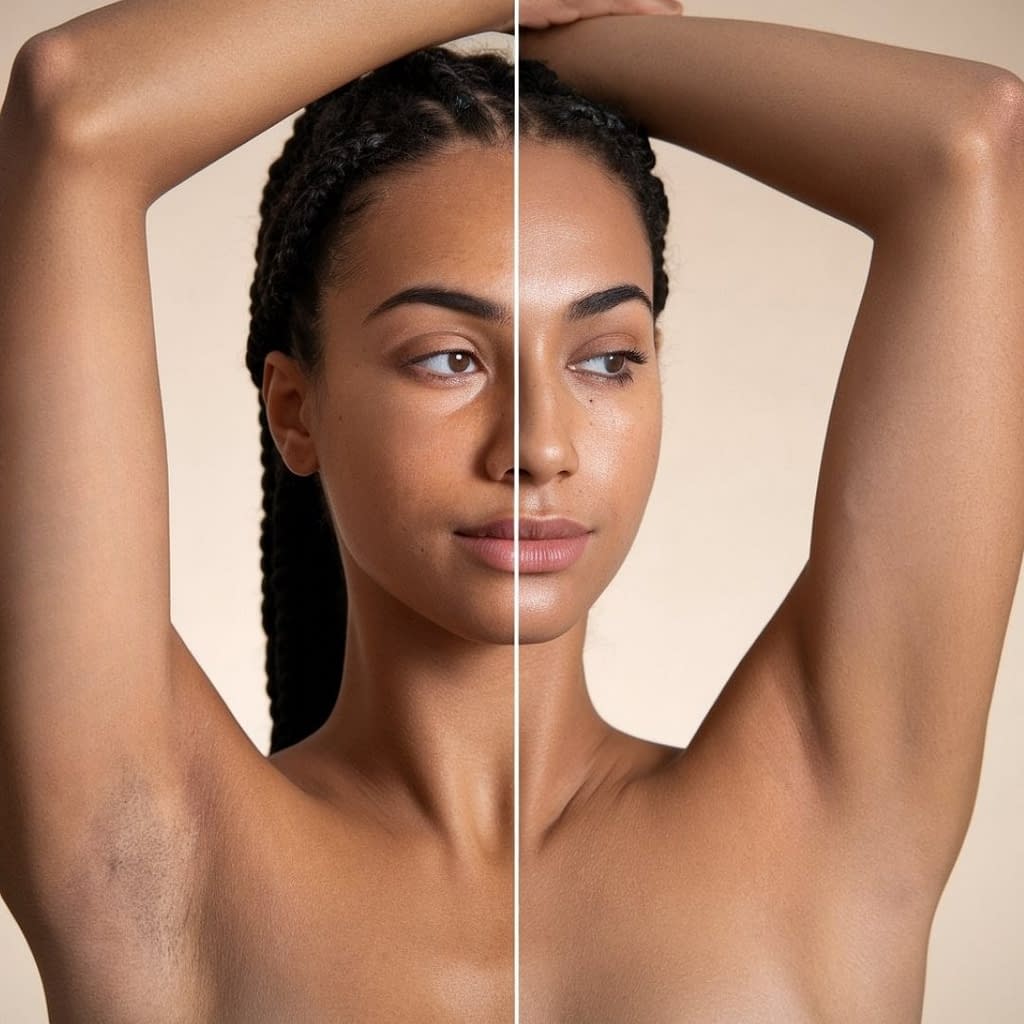
Darkening usually arises from one or more of the following:
A. Friction / Mechanical irritation
- Tight clothing, repetitive rubbing from arm movement, or frequent shaving can cause chronic irritation and pigment production (post-inflammatory hyperpigmentation).
B. Post-inflammatory hyperpigmentation (PIH)
- Any injury — ingrown hairs, bumps from shaving, eczema, or irritation from products — can lead to increased pigment while the skin heals.
C. Hair removal methods
- Repeated shaving, especially with dull blades or improper lubrication, and harsh waxing can traumatize skin and hair follicles.
D. Product ingredients & deodorants
- Repeated exposure to fragrances, alcohol, strong astringents, or aluminum salts can cause irritation and pigment changes in sensitive people.
E. Build-up and poor hygiene
- A combination of sweat, dead skin, and residue from products can darken the visible surface; clogged pores and bacteria may worsen appearance.
F. Fungal or bacterial infections
- Some infections cause discoloration or darker patches; they’re usually accompanied by odor, itching, or flaking.
G. Hormonal or metabolic causes
- Conditions such as insulin resistance or hormonal imbalances can cause a velvety hyperpigmentation called acanthosis nigricans (see medical causes section).
H. Genetics and natural variations
- Some people simply have naturally darker underarms because that skin area tends to be more pigmented.
Is It Normal to Have Dark Underarms?
Yes. Many people have mild to moderate underarm darkening at some time. However:
- If the change is sudden, rapidly spreading, associated with pain, bleeding, intense itching, or accompanied by systemic symptoms (weight change, excessive thirst), seek medical advice.
- If the skin is velvety, thickened, or associated with other body folds (neck, groin), consult your doctor — that can signal metabolic or hormonal issues.
Natural Home Remedies for Dark Underarms
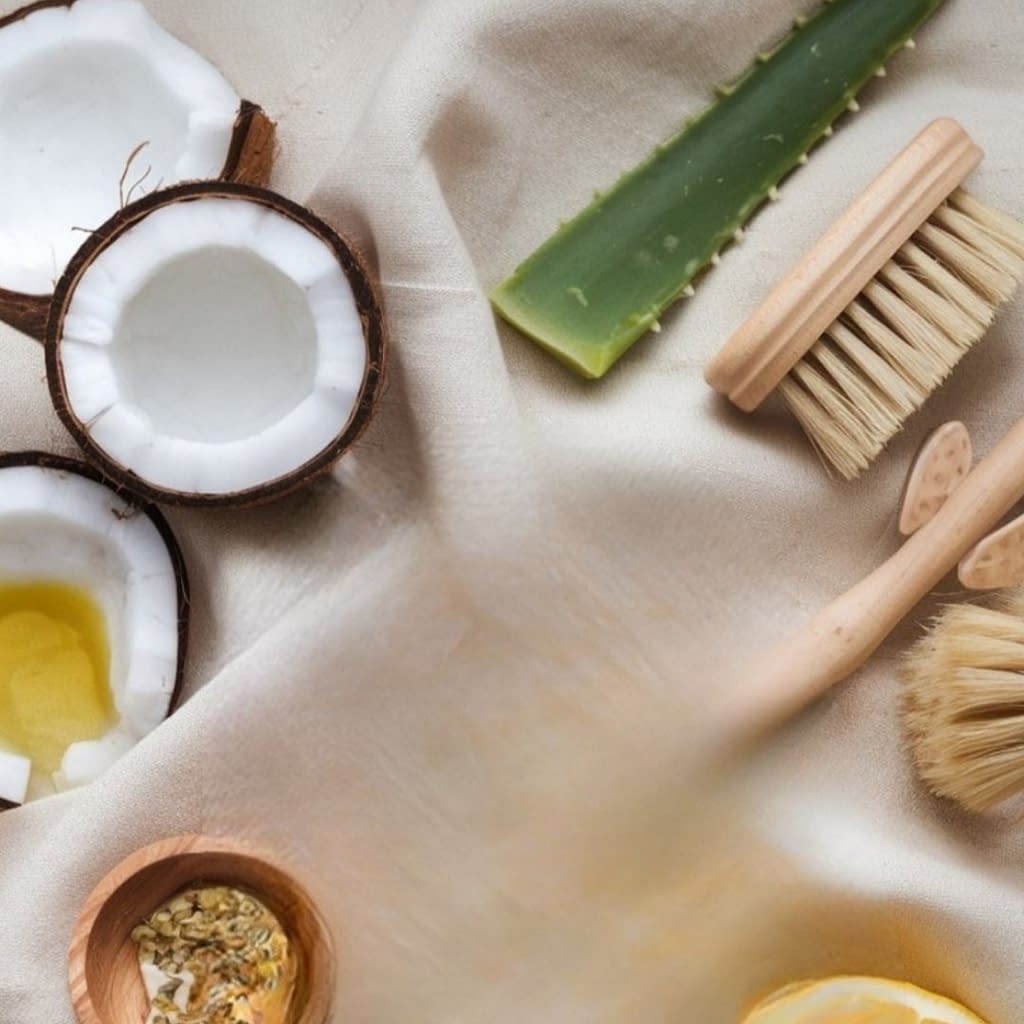
Natural remedies can help lighten mild pigmentation by exfoliating, soothing inflammation, or inhibiting melanin. Important rules before trying them:
- Patch test: apply a small amount behind the knee or inner forearm for 48 hours.
- Don’t use on broken or inflamed skin.
- Use sunscreen on underarms if you’ll expose them to sun after treatment (many ingredients increase sun sensitivity).
- Be consistent — natural methods work slowly and need weeks to months.
Safe, effective natural options (how they help + how to use)
1. Lemon (caution) — mild exfoliant and lightener due to citric acid.
- How to use (infrequently & diluted): Mix 1 tablespoon lemon juice + 1 tablespoon honey. Apply for 5–8 minutes, then rinse. Limit to 1× weekly; avoid sun exposure and skip on sensitive skin. If irritation occurs, stop.
2. Potato juice — contains mild natural bleaching enzymes and is gentle.
- How to use: Grate a small potato, squeeze out juice, apply to underarm for 10–15 minutes, rinse. Repeat 2–3× per week.
3. Yogurt (lactic acid) — gentle exfoliant & soothing.
- How to use: 1 tbsp plain yogurt + 1 tsp turmeric (optional). Apply 10–15 minutes, rinse. Use 2–3× weekly.
4. Aloe vera — soothes, reduces inflammation and may help gradual brightening.
- How to use: Apply pure aloe gel daily after showering. No rinsing needed.
5. Coconut oil + sugar (physical exfoliant) — moisturizes and sloughs dead cells.
- How to use: Mix 1 tbsp coconut oil + 1 tbsp fine sugar. Gently rub for 30–60 seconds, rinse. 1× weekly.
6. Apple cider vinegar (ACV) — clarifying, pH balancing (use cautiously)
- How to use: Dilute 1 part ACV to 3–4 parts water. Apply with a cotton pad for 2–5 minutes then wash. Start once per week and don’t use on broken skin.
7. Turmeric + milk/honey — anti-inflammatory, antioxidant; turmeric stains but may help tone.
- How to use: Paste of 1 tsp turmeric + 1 tbsp milk or honey. Apply 5–10 minutes, rinse. Use 1–2× weekly.
8. Baking soda (cautious, sparingly) — strong exfoliant; can be too alkaline and drying.
- How to use: Mix 1 tsp baking soda with a few drops of water to make paste; use once every 2 weeks max. Rinse thoroughly and moisturize. Avoid if you have sensitive skin.
DIY Underarm Lightening Masks — Step-by-Step Recipes
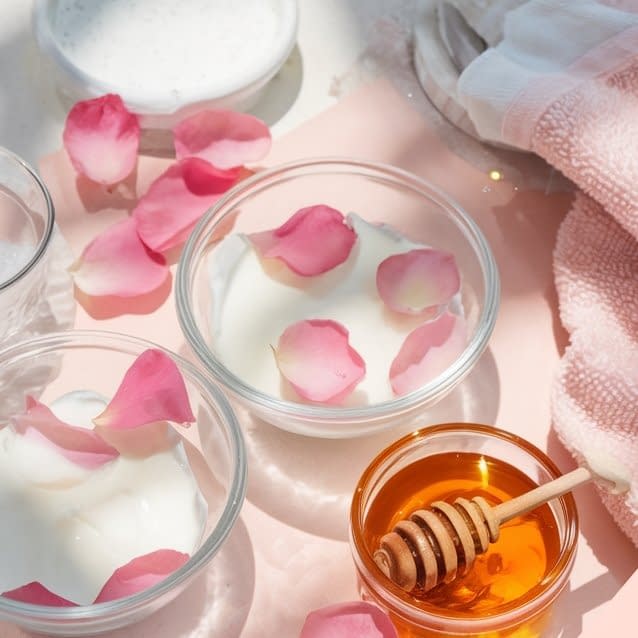
Below are safe, repeatable DIY masks. Always patch-test and stop if stinging or burning occurs.
A. Gentle Yogurt + Oat Mask (soothing + mild exfoliation)
- Ingredients: 1 tbsp plain yogurt, 1 tsp finely ground oats, ½ tsp honey.
- Method: Mix to paste → apply to clean underarms → leave 10–12 minutes → rinse with lukewarm water → pat dry → apply aloe or light moisturizer.
- Frequency: 2–3× weekly.
B. Potato + Honey Brightening Pack (enzyme action)
- Ingredients: 2 tbsp potato juice (grated & squeezed), 1 tsp honey.
- Method: Mix → apply for 10–15 minutes → rinse.
- Frequency: 3× weekly.
C. Turmeric + Yogurt Spot Treatment (anti-inflammatory)
- Ingredients: ¼ tsp turmeric, 1 tbsp yogurt.
- Method: Apply as thin layer for 5–10 minutes, rinse. Stain clothing caution.
- Frequency: 1–2× weekly.
D. Baking Soda Gentle Scrub (avoid overuse)
- Ingredients: 1 tsp baking soda, 1 tsp water (or coconut oil for more gentle).
- Method: Gently rub for 20–30 seconds → rinse thoroughly → moisturize.
- Frequency: Once every 10–14 days max.
E. Aloe + Vitamin E Overnight Soother
- Ingredients: 1 tbsp pure aloe gel + 1 capsule vitamin E oil (pierce and squeeze).
- Method: Apply thin coat at night, wash off in morning. Not for inflamed or broken skin.
- Frequency: Nightly for 2–4 weeks.
Underarm Skincare Routine for Daily Brightening (AM & PM)
Daily routine that’s gentle, prevents buildup, and supports gradual brightening.
Morning (AM)
- Cleanse: Gentle mild soap or shower wash; lukewarm water.
- Exfoliation check: Don’t exfoliate daily — do that on scheduled days (see Section 7).
- Tone (optional): Light ACV dilution or witch hazel (alcohol-free) if tolerated — helps remove residue.
- Treat: Apply aloe gel or a light serum containing niacinamide (if you have a product safe for body use) — niacinamide can regulate pigment and calm inflammation.
- Protect: If your underarm will be exposed to sun, lightly apply sunscreen — some natural treatments increase sun sensitivity.
Evening (PM)
- Cleanse: Remove deodorant/antiperspirant residue using gentle cleanser.
- Exfoliate (on scheduled nights): See Section 7 for methods and schedule.
- Treat: Apply natural mask or night treatment (aloe, vitamin E, or a homemade paste).
- Moisturize: Use a gentle, fragrance-free moisturizer to repair barrier.
General tips
- Use fragrance-free products to minimize irritation.
- Switch to alcohol-free deodorants if your underarms are sensitive.
- Avoid product layering that irritates; less is more.
Exfoliation Tips to Remove Dead Skin
Exfoliation helps reveal fresher, lighter skin and prevents buildup that masks whiteness.
Physical exfoliation (mechanical)
- Methods: Soft sugar scrub, fine-grit loofah, soft washcloth.
- How to do: After shower wets, gently rub in circular motions for 30–60 seconds. Rinse.
- Frequency: 1× weekly for sensitive skin, 1–2× weekly for normal skin.
- Avoid: Harsh scrubbing, rough loofahs, or vigorous brushes (they cause microtears and worsen PIH).
Chemical exfoliation (enzymes or acids)
- Options: AHAs (lactic or glycolic acid), BHAs (salicylic acid), or enzyme peels (papaya, pineapple).
- How to use: Use a low-strength AHA (5–10% lactic acid) formulation for the underarm — apply as directed, usually 1–2× weekly. Start slow.
- Safety: Don’t combine chemical exfoliants with waxing or immediately after shaving. Avoid on irritated or broken skin. Always patch-test. Use sunscreen on any exposed area after treatment.
Best practice
- Exfoliate gently and consistently; follow with moisturizer or soothing aloe. If you have sensitive skin, stick to enzyme or lactic acid (gentler) rather than glycolic or salicylic.
Best Natural Ingredients for Underarm Whitening
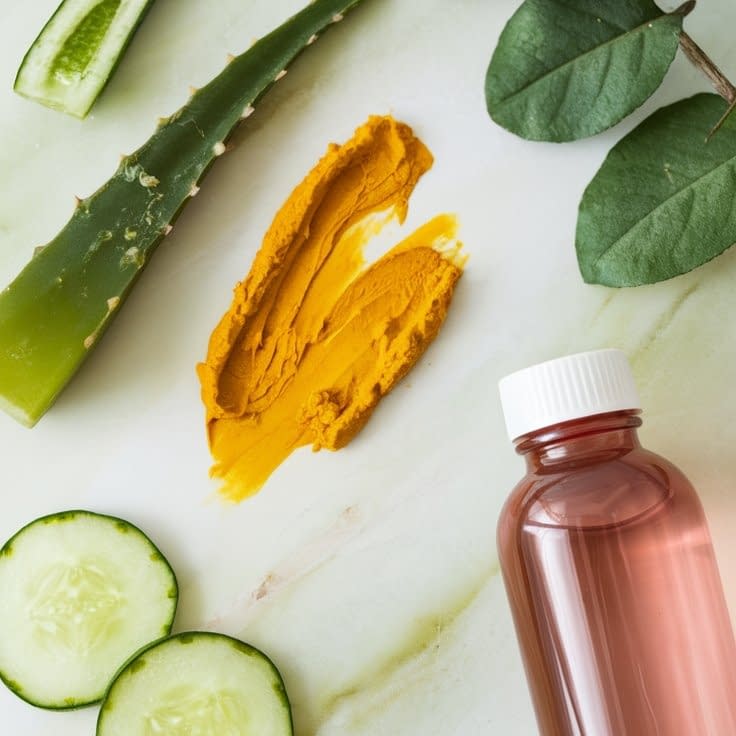
These are commonly used with reasonable safety profiles:
- Aloe vera: Soothing, reduces irritation and supports healing.
- Niacinamide (vitamin B3): Not purely “natural” but mild and effective for pigment regulation; look for body-safe formulations.
- Yogurt / lactic acid: Gentle chemical exfoliation and moisturization.
- Potato: Mild enzymatic lightening.
- Honey: Antimicrobial and humectant; pairs well with other ingredients.
- Turmeric: Anti-inflammatory and antioxidant (use sparingly; may stain).
- Coconut oil: Moisturizes; has mild antimicrobial fatty acids. Use cautiously if prone to clogged pores.
- Apple cider vinegar: Clarifying and pH modifying — dilute and use cautiously.
- Licorice extract, kojic acid — plant-derived actives known for lightening (use products formulated for skin; kojic can be sensitizing — treat with caution and discontinue if irritation).
Habits That Darken Underarms (Avoid These!)
Stop or alter these common habits:
- Shaving with dull blades or no lubrication — leads to nicks, ingrown hairs, irritation.
- Aggressive scrubbing — causes microtrauma and PIH.
- Using harsh deodorants or perfumed products — alcohol and fragrances irritate sensitive skin.
- Wearing tight synthetic clothing that rubs and traps sweat — prefer breathable cotton.
- Picking at ingrown hairs or bumps — leads to inflammation and scarring.
- Overuse of bleaching or strong chemicals at home without guidance — can cause rebound hyperpigmentation and damage.
How to Lighten Underarms Without Chemicals
If you’d rather avoid strong chemical/lightening agents, follow a combined regimen:
- Stop irritants: Ditch fragranced deodorants, harsh soaps, and tight clothing.
- Gentle hair removal: Switch from daily shaving to gentler methods (see Section 11).
- Regular gentle exfoliation: 1× weekly physical or 1–2× weekly enzymatic/low-strength chemical.
- Hydration & barrier repair: Use fragrance-free moisturizer with ceramides or aloe.
- Natural treatments: Use potato juice, yogurt masks, or aloe nightly.
- Consistent sun protection of exposed underarm when in sun.
- Healthy lifestyle: Manage weight, keep blood sugar steady, and maintain hygiene.
Expect improvements over 4–12 weeks depending on cause and consistency.
Shaving vs Waxing: Which Is Better for Underarm Skin?
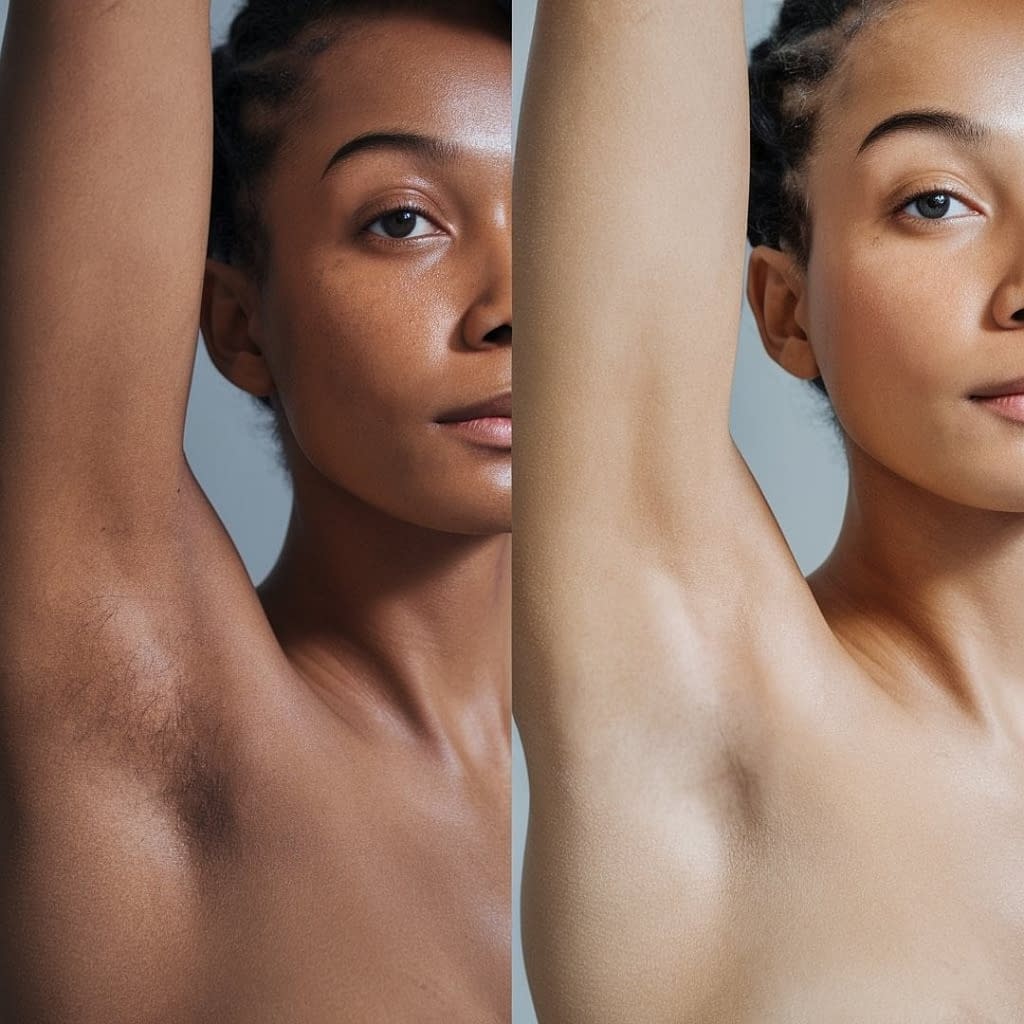
Shaving
- Pros: Quick, inexpensive, painless (for many), can be done daily.
- Cons: Higher risk of nicks, razor burn, ingrown hairs, and friction irritation when done improperly. Frequent shaving = repeated trauma.
Waxing
- Pros: Longer-lasting smoothness (3–6 weeks), fewer daily irritations, hair grows back finer for some people.
- Cons: Causes more immediate trauma and inflammation if done wrongly; can cause post-inflammatory pigmentation if skin is sensitive. Not recommended if you have active eczema or broken skin. Professional waxing reduces risk.
Sugaring
- Pros: Often gentler than waxing, uses natural ingredients, removes hair with growth direction reducing ingrowns.
- Cons: Still can be irritating for very sensitive skin; technique matters.
Electrolysis or laser
- Pros: Permanent or long-term reduction in hair; reduces repeated trauma from shaving/waxing.
- Cons: Costly, requires professional consultation, and not suitable for all skin/hair types.
Best practice
- If your underarm darkening is due to shaving irritation, try waxing/sugaring (done by a trained pro) or switch to an electric razor with a guard and excellent lubrication (shaving gel). If waxing worsens pigmentation, pause and try gentler hair removal. Laser hair removal is an option for long-term improvement but discuss pigment risk with a dermatologist.
Best Products for Dark Underarms (Safe Choices)
When choosing products, prefer:
- Fragrance-free, alcohol-free deodorants and antiperspirants for sensitive skin.
- Mild cleansers (syndet bars or gentle body wash).
- Products containing niacinamide — often well tolerated and brightening.
- Mild AHA lotions (lactic acid) — for gentle chemical exfoliation of underarm skin.
- Moisturizers with ceramides and glycerin to repair the skin barrier.
Avoid: strong bleaching creams at home without medical advice (hydroquinone misuse), harsh scrubs, and frequent use of strong acids without guidance.
If you prefer ready-made natural options:
- Look for body serums with licorice extract, niacinamide, vitamin C (stable derivatives), and azelaic acid for targeted pigment control — use on intact, non-broken skin and follow product directions.
Foods That Help Improve Skin Pigmentation Naturally
Diet supports skin health; while food alone won’t erase dark underarms quickly, it helps long-term:
- Vitamin C–rich foods (citrus, strawberries, bell peppers) — support collagen and may help even tone.
- Foods rich in zinc (pumpkin seeds, legumes, lean meats) — zinc supports skin repair.
- Omega-3 fatty acids (fatty fish, walnuts, flaxseed) — reduce inflammation.
- Antioxidant-rich foods (berries, green leafy vegetables) — protect skin cells.
- Probiotic foods (yogurt, kefir) — maintain healthy skin microbiome which can reduce skin inflammation and infections.
Staying hydrated and maintaining balanced blood sugar also helps overall skin function.
Medical Causes Behind Dark Underarms
If natural care doesn’t help, or the appearance is unusual, medical causes include:
- Acanthosis nigricans: Velvety dark patches often linked to insulin resistance, obesity, or hormone disorders. Requires medical evaluation.
- Post-inflammatory hyperpigmentation (PIH): From chronic irritation, repeated shaving, or dermatitis.
- Tinea versicolor or fungal infections: Can cause discoloration with flaking/itching; responds to antifungal treatment.
- Contact dermatitis: Allergic reactions to deodorants, antiperspirants, or fabrics cause chronic inflammation and subsequent darkening.
- Endocrine disorders: Rarely, thyroid or other hormonal imbalances can influence pigmentation.
- Medication-related hyperpigmentation: Certain medications can darken skin — consult your prescriber if you suspect this.
If you suspect a medical cause, see a dermatologist for diagnosis and targeted treatment.
When to See a Dermatologist
Seek professional care when:
- Dark patches are sudden, rapidly spreading, painful, or bleeding.
- You have thickened, velvety skin in armpits plus other body folds.
- There’s no improvement after 6–8 weeks of consistent gentle care.
- You suspect a fungal infection (persistent itching, smell, flaking).
- You’re interested in medical options (topical prescription lighteners, chemical peels, laser).
- You have underlying medical conditions (diabetes, obesity, hormonal issues) that might be connected.
A dermatologist can offer tests (skin scrapings, blood work), prescription creams (e.g., topical retinoids, azelaic acid, or supervised use of stronger lighteners), and in-office procedures (chemical peels, laser) when appropriate.
How Long Does It Take to Lighten Dark Underarms?
Timelines vary widely:
- Mild pigment from buildup or dead skin: you may see improvement in 2–6 weeks with regular exfoliation & moisturizing.
- Post-inflammatory hyperpigmentation: usually takes 6–12 weeks or longer; saturation and patience needed.
- Acanthosis nigricans (metabolic): requires treating the underlying condition; pigment may improve slowly with weight loss and metabolic control.
- If using medical treatments (prescription topical agents or peels): noticeable changes may occur within 6–12 weeks under supervision.
Consistency is the most important factor. Stop any irritating practices immediately to avoid reversing progress.
Precautions and Skin Safety Tips
- Patch test every remedy before applying to the full area.
- Stop if burning, blistering, or severe redness occurs. Seek medical attention if reaction severe.
- Avoid mixing strong acids and home peels without guidance — layering acids increases irritation and PIH risk.
- Do not apply hydrogen peroxide or bleach type home “recipes” — they can damage skin and worsen pigmentation.
- If you have diabetes, eczema, or compromised skin, talk to a doctor before trying DIY or new products.
- Pregnancy & breastfeeding: consult your doctor before using potent topical agents; natural ingredients are generally safer but still patch-test.
Final Tips for Smooth and Bright Underarms
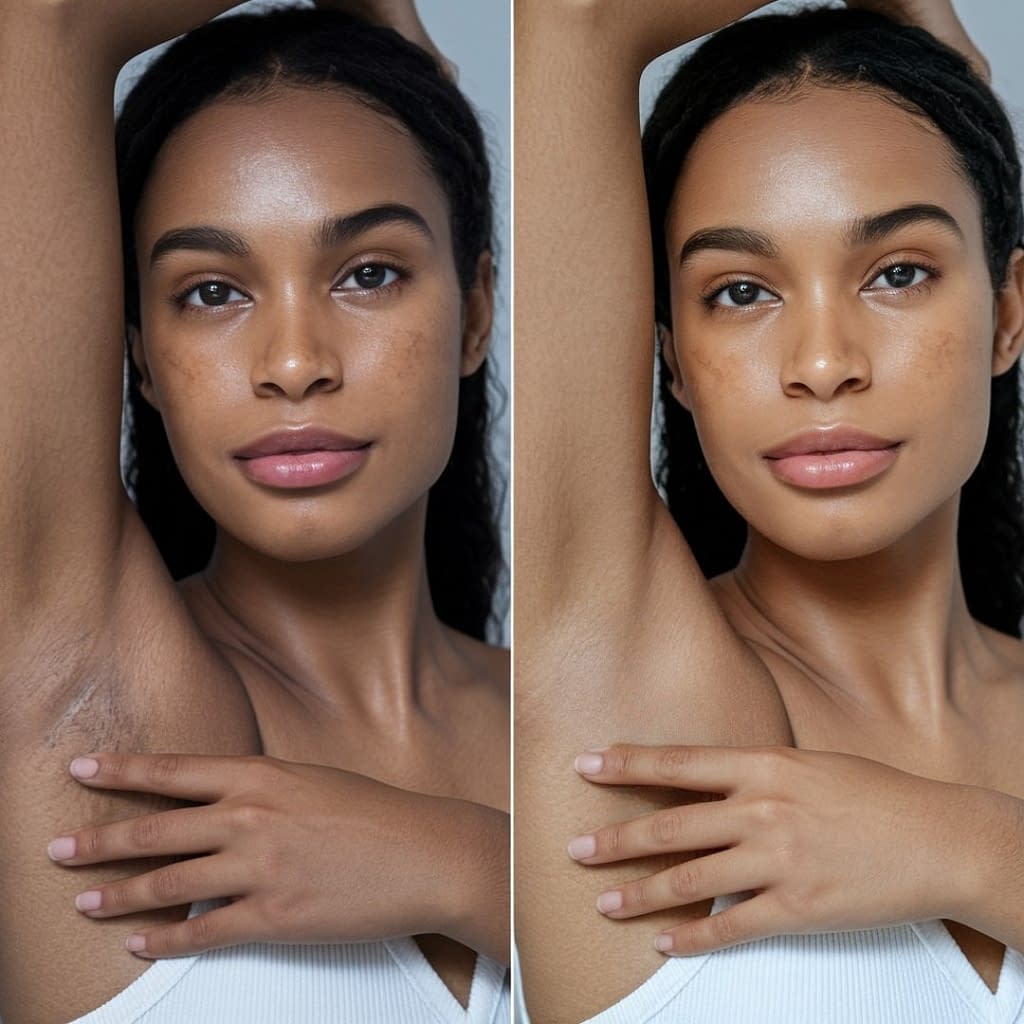
- Be gentle: less friction, soft fabric, and proper shaving technique reduce future darkening.
- Switch to fragrance-free deodorants if irritation is suspected.
- Hydrate and moisturize the area daily with a gentle emollient.
- Exfoliate regularly but gently and avoid aggressive tools.
- Use consistent natural treatments (potato, yogurt, aloe) and track progress with photos every 2–4 weeks.
- Consider long-term hair reduction (laser) if repeated hair removal is the clear cause — this reduces repeated trauma.
- Address underlying health issues if pigmentation is thick or associated with other symptoms.
Frequently Asked Questions (FAQ)
Q: Can I use lemon juice every day to whiten underarms?
A: No. Lemon is acidic and can irritate and sensitize skin. Use diluted lemon only 1× weekly and stop if irritation occurs.
Q: Will laser permanently remove dark underarms?
A: Laser treats pigment and hair; results vary. Laser hair removal can reduce trauma from shaving and therefore reduce PIH over time. For pigment lasers, a dermatologist will advise suitability by skin type.
Q: Is deodorant causing my dark underarms?
A: It can. Fragrances, alcohol, and some aluminum salts can irritate sensitive skin and cause PIH. Try a fragrance-free, aluminum-free deodorant for 6–8 weeks to evaluate.
Q: Should I stop shaving if my underarms are dark?
A: Try an alternative (waxing, sugaring, electric trimmers) to reduce daily friction and see whether pigmentation improves. Laser is another long-term option.
Q: Can natural remedies permanently remove the pigment?
A: Natural remedies can lighten mild pigmentation over time but may not permanently erase deep or medically-caused pigment. Persistence and preventing future irritation are key.
Q: Is bleaching cream safe?
A: Some medical bleaching agents can be effective under dermatologist supervision (e.g., azelaic acid, low-strength hydroquinone under guidance). Over-the-counter harsh bleaches or DIY bleach can damage skin. Always consult a professional.
Final Words
Removing dark underarms naturally is rarely instant — it calls for patience, a gentle routine, and stopping the behaviors that caused the problem in the first place. Start with a simple gentle-care plan: stop irritants, exfoliate gently, moisturize, use calming natural treatments (aloe, yogurt, potato), and protect the area. If you don’t see improvement after 6–8 weeks or if the discoloration is thick/velvety or associated with other symptoms, consult a dermatologist — they’ll check for medical causes and suggest effective medical treatments.


